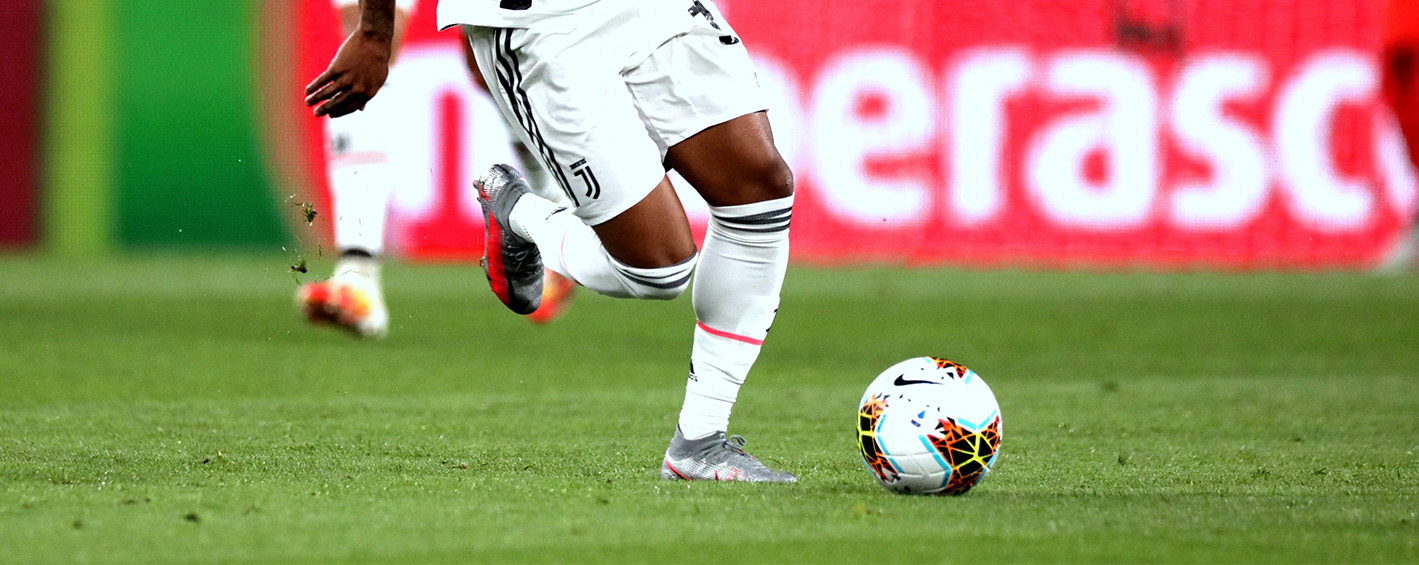Share it
Playing with wingers can be an exciting and effective tactical approach in soccer. Wingers provide width to the team's attack, stretch the opponent's defense, and create scoring opportunities.

To effectively play with wingers, coaches and players should focus on the following key tactics during practice:
1. Dribbling and 1v1 Skills:
- Wingers should work on their dribbling skills to beat defenders in one-on-one situations.
- Practice various dribbling techniques, including step-overs, feints, and changes of pace.
- Develop the ability to cut inside or take the ball down the flank, depending on the situation.
2. Crossing Accuracy:
- Wingers must deliver accurate crosses into the box.
- Practice crossing from different positions on the wing, including early crosses and low-driven crosses.
- Focus on consistency and precision in delivering the ball to the intended target.
3. Positioning and Timing:
- Teach wingers how to position themselves effectively on the field to exploit space.
- Work on their timing to make well-timed runs and receive passes at the right moment.
- Emphasize the importance of staying wide to stretch the opponent's defense and create passing lanes.
4. Defensive Responsibilities:
- Ensure that wingers understand their defensive duties, such as tracking back to support the full-backs.
- Practice defensive positioning, tackling, and interceptions to regain possession when necessary.
5. Combination Play:
- Encourage wingers to combine with their full-backs and central midfielders.
- Practice overlapping runs with full-backs and quick passes to create overloads on the wing.
6. Switching Play:
- Teach wingers to switch play when the opposing defense is compact on one side.
- Practice switching the point of attack with accurate long passes or diagonal balls.
7. Awareness of Space:
- Develop the ability to read the game and identify pockets of space in the opponent's defense.
- Work on movement off the ball to exploit these spaces and create goal-scoring opportunities.
8. Two-Footedness:
- Encourage wingers to improve their ability to use both feet effectively.
- This makes them more unpredictable and versatile in their play.
9. Set Pieces:
- Practice set pieces specifically designed for wingers, such as free-kicks and corners.
- Focus on delivery accuracy and creating goal-scoring opportunities from dead-ball situations.
10. Communication:
- Wingers should communicate with their teammates to coordinate movements and passes.
- Effective communication ensures that the team can take full advantage of the winger's contributions.
11. Game Understanding:
- Enhance the tactical understanding of wingers by analyzing match situations.
- Review game footage to identify areas where wingers can make better decisions or positional adjustments.
12. Fitness and Stamina:
- Wingers require good endurance to maintain their pace and contribute defensively.
- Include conditioning drills to improve their stamina and fitness levels.
Practice sessions should focus on these tactics, incorporating both individual and team-based exercises. Additionally, creating game-like scenarios and small-sided games can help wingers apply these tactics in a realistic context. Consistent practice and a strong emphasis on these tactics will help wingers become key contributors to their team's success.